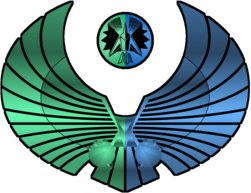


|
— BRT
NOTE: where possible, I tried to scan each ship at as high a resolution as I reasonably could. But the original format of the drawings in the FASA manuals typically makes this very difficult. The designers at FASA used an old black and white layout trick where the "gray" color that shades the ships is not gray at all, but instead composed of thousands of tiny black dots on a field of white. (click here for an example!) The net effect viewed from afar by the human eye is that of 'grayness' but the scanner picks up every last dot and it takes a lot of softening/blurring and reduction via Paintshop Pro to get the ships to look halfway decent. Even then, the images sometimes don't come out nearly as crisp as I'd like. So if things seem a teeny bit fuzzy around the edges, or if the graphics don't look exactly as they did on paper, please understand that I did what I could with what I've got. In some cases I re-drew the ships myself, or have been able to find large-scale graphics from other sources for well-known canon ships. These graphics produce superior imagery when compared to the Ship Recognition Manuals, and I have necessarily replaced the poor FASA graphics. |
|
|
|
|
CREDITS Design:
Forest G. Brown |
|
ASSAULT SHIPS |
|||
|
|
|
||
|
BATTLESHIPS / BATTLE-CRUISERS |
|||
|
|
|
||
|
CRUISERS |
|||
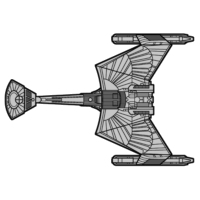 V-11 Stormbird |
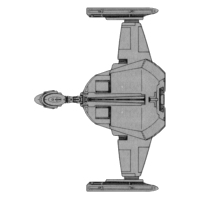 V-20 Star Seeker |
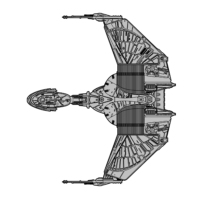 V-24 Great Bird ∆ |
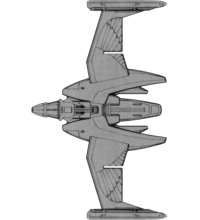 V-27 Comet of Destruction |
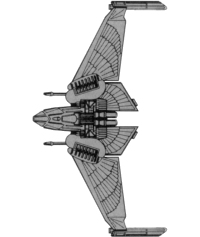 V-30 Winged Defender |
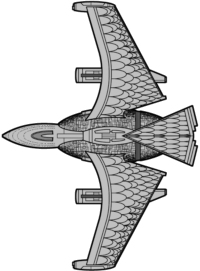 V-33 Thunderbird ª |
||
|
DESTROYERS |
|||
|
|
|||
|
ESCORTS |
|||
|
|
|
|
|
|
CUTTERS & CORVETTES |
|||
|
MONITORS & GUNBOATS |
|||
|
|
|||
|
SPACE STATIONS |
|||
|
|
|
||
|
SHUTTLES |
|||
|
|
|
||
|
MISCELLANEOUS |
|||
|
|
|
|
|
|
|
|
|
|
|
* Denotes ship class included with FASA Next Generation Officer's Manual ⁿ Denotes ship class from the Next Generation era that is officially part of Star Trek canon, but which was not included in any of the FASA manuals. May include canon designs from Deep Space Nine And Voyager television series, as well as Next Generation era Star Trek feature films. ª Denotes ship class of purely fan origin; also known as a "fanship". Not part of official Star Trek canon and never appeared in any FASA material. ∆ Denotes ship class that appeared as a Jaynz entry in Stardate magazine. Considered somewhat official by FASA standards, but not necessarily canon by contemporary Star Trek standards. |